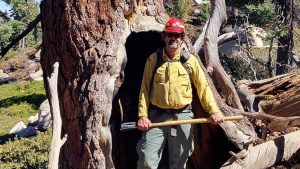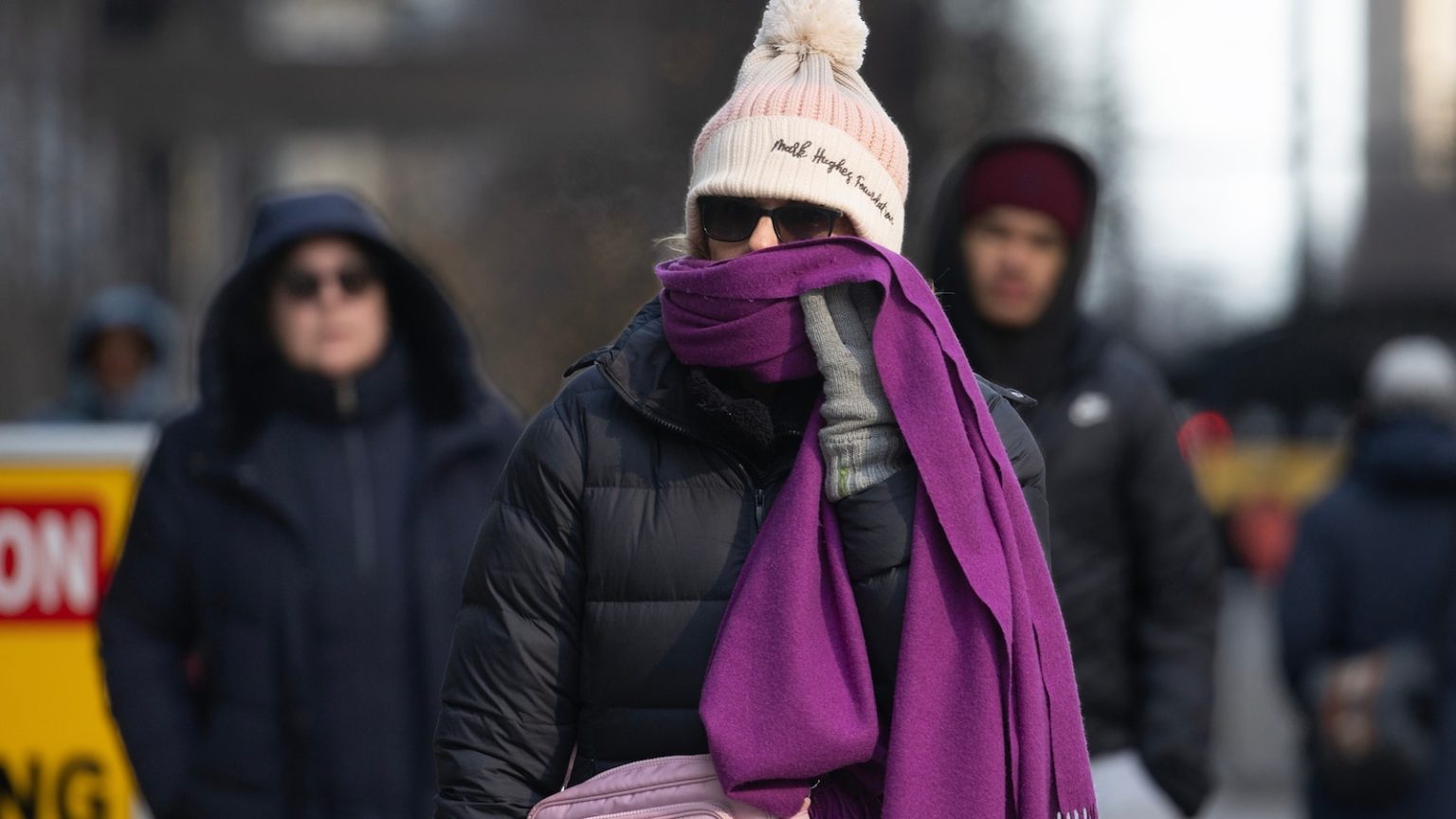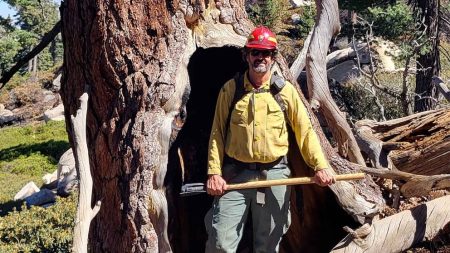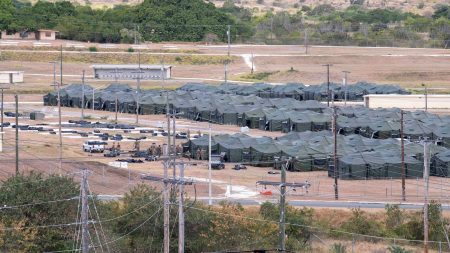The Arctic Blast and Its Chilling Grip
The United States is in the midst of a brutal cold snap, with 19 states from Nebraska to Florida under cold weather alerts as of Friday morning. This relentless Arctic blast has brought freezing temperatures and icy conditions to a wide swath of the country, leaving millions shivering and bracing for the cold. The frosty grip of this winter storm has been particularly harsh, with record-low temperatures reported in several cities across the central U.S. and beyond. Despite the cold, there is finally a glimmer of hope: a warmup is on the horizon, promising relief for those who have endured days of frigid weather.
Record-Breaking Lows: A Chilly Reality
Friday marked the fourth consecutive morning of record-low temperatures across the central U.S., with cities like Lincoln, Nebraska, plummeting to a bone-chilling -17 degrees. Kansas City, Missouri, also saw temperatures drop to -5 degrees, while Memphis, Tennessee, and Birmingham, Alabama, tied or broke their own record lows at 15 degrees and 17 degrees, respectively. These extreme cold snaps have been unprecedented in some areas, leaving residents bundling up and struggling to cope with the biting cold. The icy conditions have not only made daily life challenging but have also raised concerns about safety, particularly for vulnerable populations such as the elderly and those without adequate heating.
Frozen Landscapes and Daily Struggles
The Arctic blast has transformed familiar landscapes into winter wonderlands, albeit ones that are far from welcoming. In Allen, Texas, water in a fountain froze in place, creating a surreal scene that captured the essence of the cold’s grip. In Chicago, Illinois, people bundled up as they walked along Michigan Avenue, where temperatures lingered in the single digits. These images serve as a stark reminder of the challenges posed by such extreme weather. For many, the daily commute, errands, and even simple tasks have become arduous journeys through the cold. The freeze has also strained infrastructure, with pipes bursting, roads icing over, and power systems pushed to their limits.
Thawing Out: The Promise of Warmer Days
While the cold has been unrelenting, there is light at the end of the tunnel. A warmup is set to begin this weekend, bringing much-needed relief to the Heartland and the South. Temperatures in cities like Kansas City, Missouri, are expected to rise into the 50s by Sunday, while Austin, Texas, could see highs in the 60s. This warming trend is expected to continue into next week, with Kansas City potentially reaching the 60s and Austin soaring into the 70s. The thaw is not just a welcome reprieve for residents but also a critical turning point for areas that have dealt with the harsh conditions for days on end.
The North’s Turn to Warm Up
The warming trend isn’t limited to the southern and central regions. By Monday, cities like Chicago, Illinois, could see temperatures climb to nearly 50 degrees, offering a significant respite from the recent cold. Further east, New York City and Washington, D.C., are expected to experience even more dramatic changes. By Tuesday, New York City could reach the 50s, while Washington, D.C., might even bask in the balmy 60s. These temperature swings are a testament to the unpredictable nature of winter weather and the region’s ability to transition from icy cold to mild warmth in a matter of days.
A Broader Perspective: Weather Extremes and Resilience
As the U.S. braces for the next stage of this weather cycle, it’s important to step back and consider the larger picture. Extreme temperature fluctuations, such as the rapid transition from record-breaking cold to unseasonably warm weather, highlight the volatility of modern weather patterns. These events underscore the importance of preparedness and resilience in the face of climate unpredictability. While the warmup is a welcome relief for many, it also serves as a reminder of the challenges posed by weather extremes and the need for communities to adapt and support one another through these events. As the country thaws out and looks ahead, the memories of this Arctic blast will remain a stark reminder of nature’s power and humanity’s ability to persevere.















